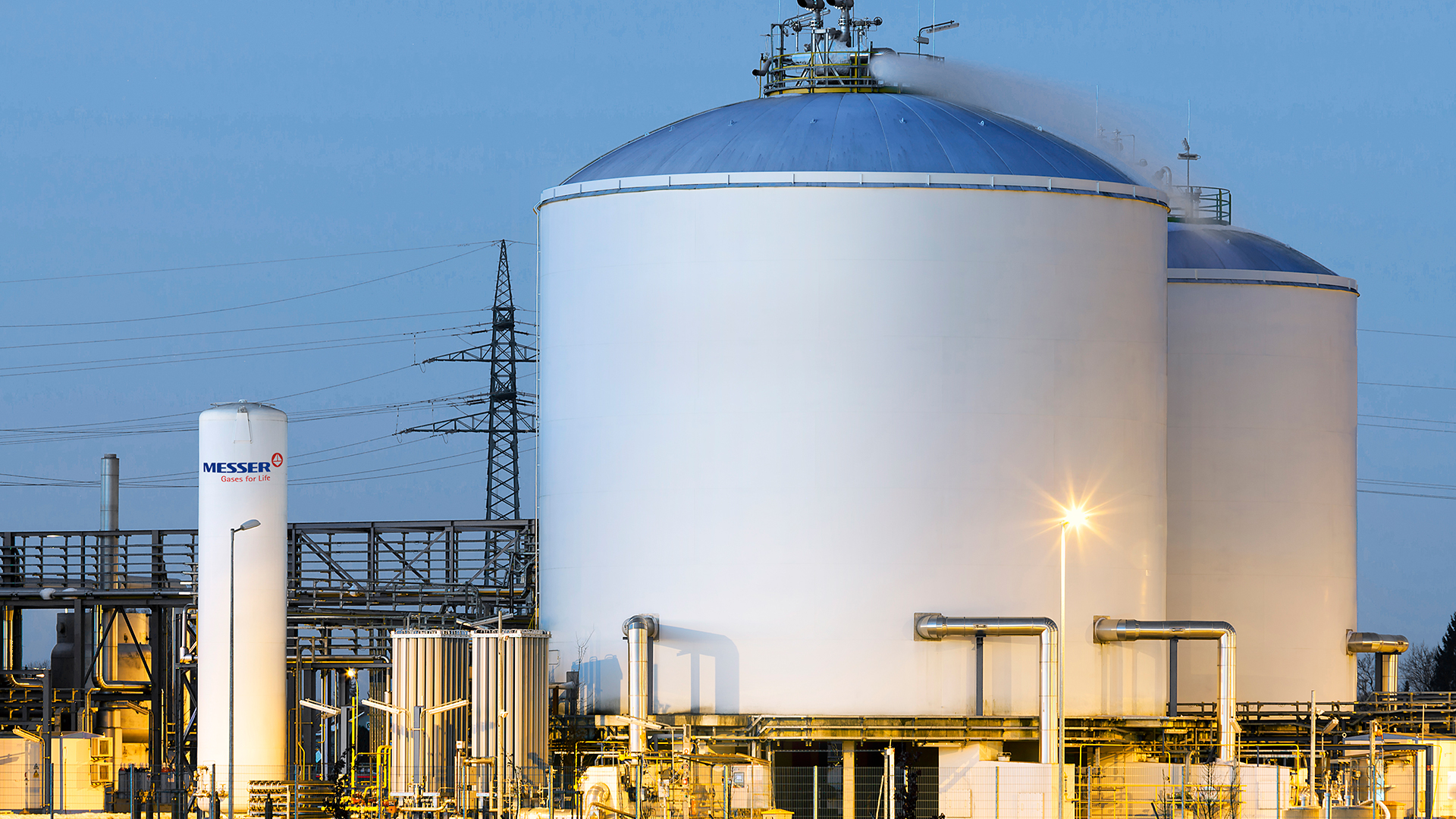What is meant by inertization?
Inertization is a process in which non-flammable gases (protective gas) are used to avoid various critical scenarios. Inert gases are used with the aim to prevent explosions, to keep moisture away from products and to exclude unwanted reactions. With the use of the protective gas, an oxygen reduction is achieved where the oxygen volume fraction is below the limiting oxygen concentration (LOC) or the maximum permissible oxygen concentration (MPC). The mixture can thus no longer inflame in the protected space.
Inerting methods
In the industry, the different methods for inertization fulfil different tasks.
● Purging: With this method, by the use of inert gases, pipelines can be purged. Processed gases are displaced from the pipelines and thus emerging dangers are eliminated with the help of the added inert gases.
● Blanketing: The aim of this method is to create constant inert conditions around a product by adding protective gases. Ideally, explosion hazards are eliminated and discolouration, polymerisation and other negative quality characteristics are significantly reduced.
● Sparging: In the third method, gases are channelled in the form of bubbles through a liquid. This results in a better intermixing and the mass transfer surface between gas and liquid is significantly increased. This process technology is mainly used for chemical and biological reactions as well as for stripping. By inerting with nitrogen, oxygen can be eliminated from oil or waste water.
Pipeline cleaning with pigging
Pipeline pigging is a tried and tested procedure that has proven its effectiveness in the past. The pigging of pipelines, however, involves the risk that an inserted pig remains in the pipeline. In this context, pigging is carried out with pneumatic pressure testing in order to expel any residual air from the pipelines.
GAS APPLICATION
During inerting, the oxygen is displaced by a non-reactive gas until a non-ignitable mixture is created. It is necessary to distinguish between open and closed systems. For closed systems, e.g. reactors or tanks, inerting can be ensured by a slight overpressure; in the case of open systems, a continuous flow of inert gas and, if necessary, a measurement of the O2 concentration is required. During emergency inerting, inert gas is introduced into the object to be protected, e.g. a silo, in the event of elevated temperatures or carbon monoxide concentration.
Inerting measures are used in a variety of industries, as the following examples show:
- Chemical industry: Inerting tanks, tank farms, reactors or pipelines
- Pharmaceutical industry: Inerting reactors, dryers, tanks or raw material silos
- Petrochemical industry; Inerting tanks, reactors, pipelines, silos or bulk materials
- Biofuel: Inerting tanks, raw material silos or reactors
- Energy: Inerting fuel depots, tanks, pipelines, LNG-terminals or silos e.g. for wood pellets, dried sludge or coal
- Transport/Storage: Inerting tanks, pipelines, silos, tankers or ship holds
- Special applications: Inerting autoclaves for carbon fibre composites, ovens for the ceramics industry, tanks for native oils or drying
Advantages at a glance:
- Prevention of explosive atmospheres in apparatus
- Safe starting-up and shutting-down of plants
- Prevention of explosions during storage, transport and handling
- Protection of staff and equipment during maintenance work
- Protects sensitive materials from moisture and oxygen
MESSER SOLUTION
Messer assists you in the design of protective systems, taking into account the applicable standards and regulations, such as TRBF and ATEX. If necessary, the equipment and inert gas requirements can be optimised in advance using test equipment. Messer has extensive know-how in the inerting of open or closed systems with the aim of protecting products against oxidation as well as explosion protection. In addition, Messer supplies you reliably with the required gases.



